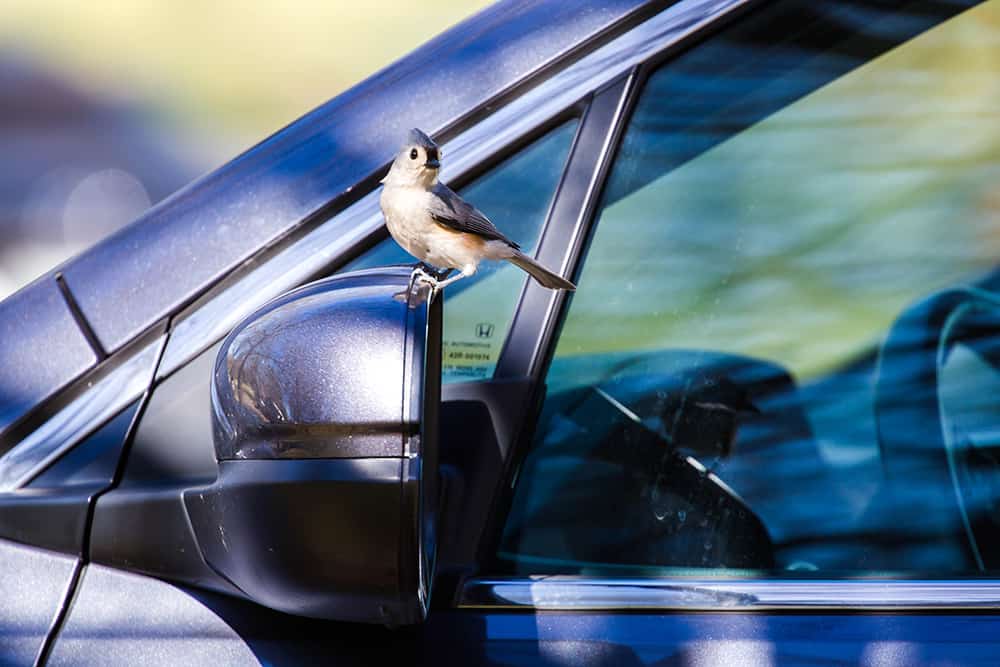#NatureZen: Spring Firsts
words and photos by Melissa McMasters
The last week has been full of somber anniversaries and memories of when the world shut down. It’s been a year of loss, sacrifice, too much isolation (or too much togetherness!), and reorientation. It’s been a year to find solace in nature, and we’re so grateful that you chose Overton Park to help you get through this difficult time.
When we first began getting news of shutdowns, we decided we needed to put something into the world to counteract the near-constant chaos. That’s how our #NatureZen series was born one year ago this week, with a short appreciation of the tiny bees popping up in the Old Forest. Since then we’ve fawned over fungi, explored our wildlife fears, and spent a lot of time singing the praises of birds.
This March looks a lot more hopeful than the last one. So today we’re giving thanks for all those beautiful “firsts” that happen every time you visit the park in spring:
The first colorful flower fly on the forest floor, searching for something to pollinate.
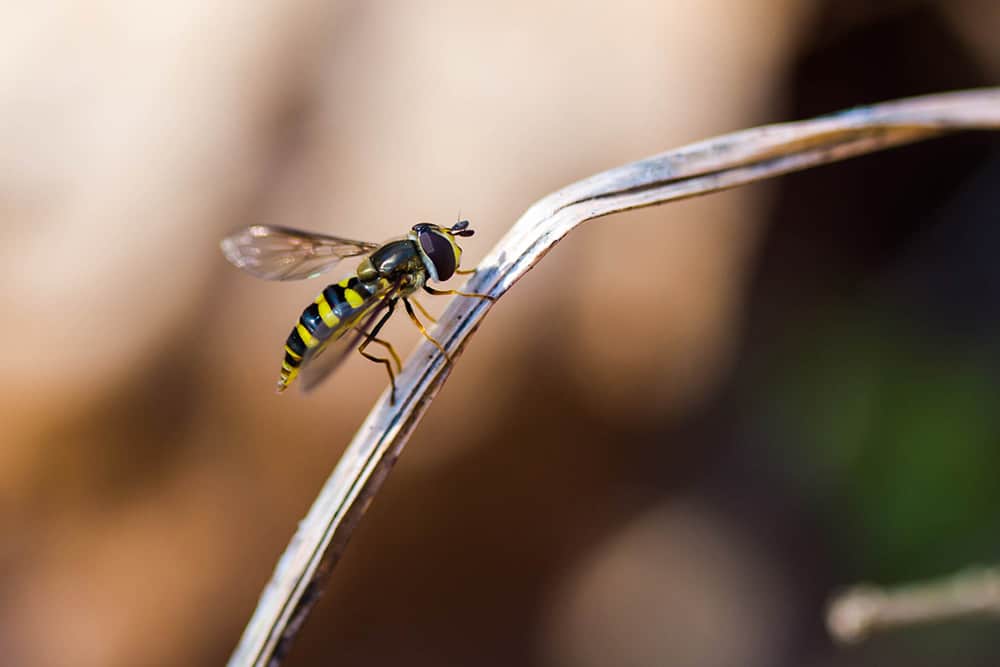
Cutleaf toothwort, the earliest of our forest wildflowers, changing its tentative purples to bright greens and whites.
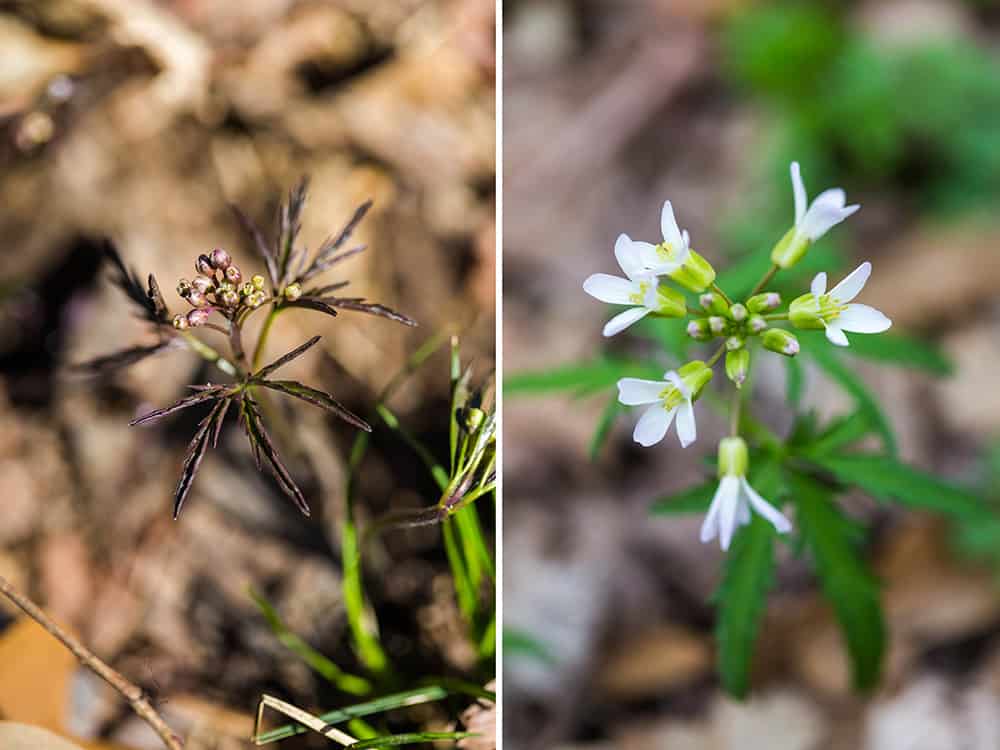
The red-tailed hawk gathering branches to build its nest on the forest edge.
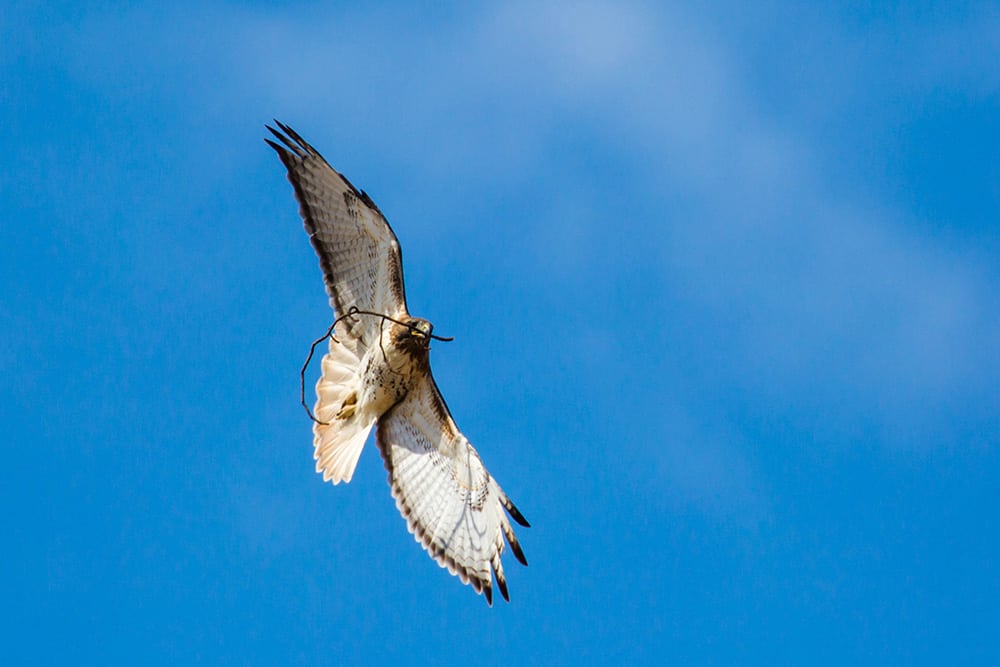
The buckeye beckoning with tender leaves in preparation for bursting forth its bright red flowers.
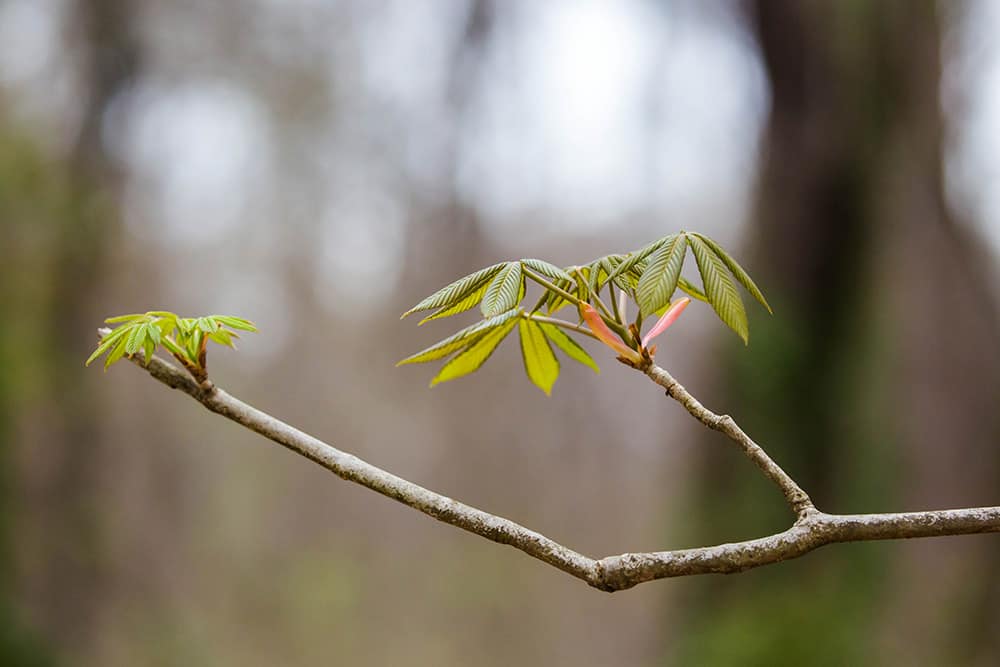
The first of thousands of wood poppies waking up to the sun.
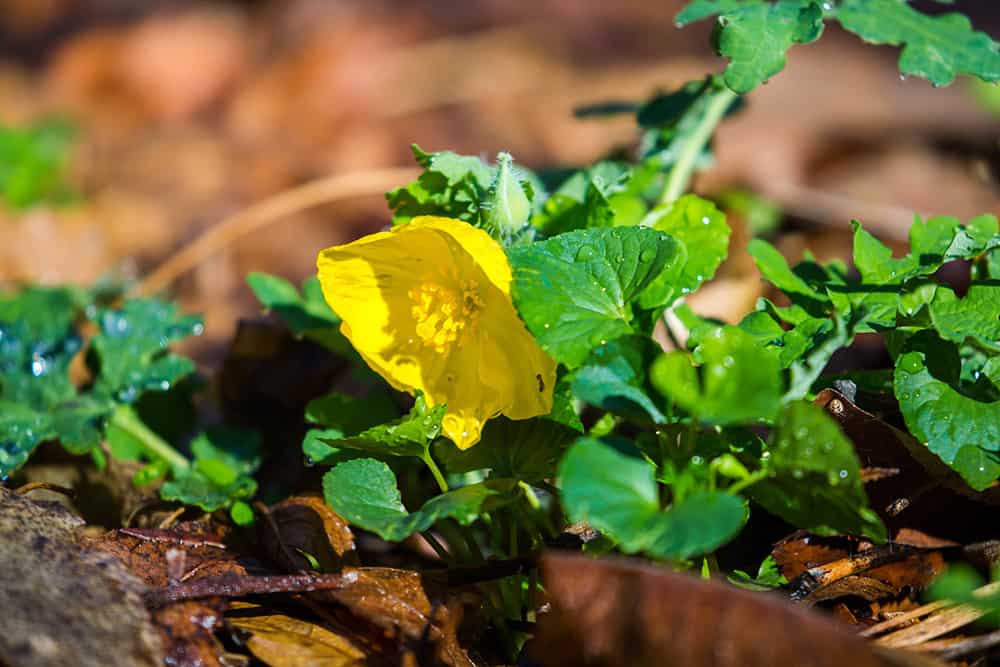
The tiny flowers of the Northern spicebush abuzz with equally tiny sweat bees.
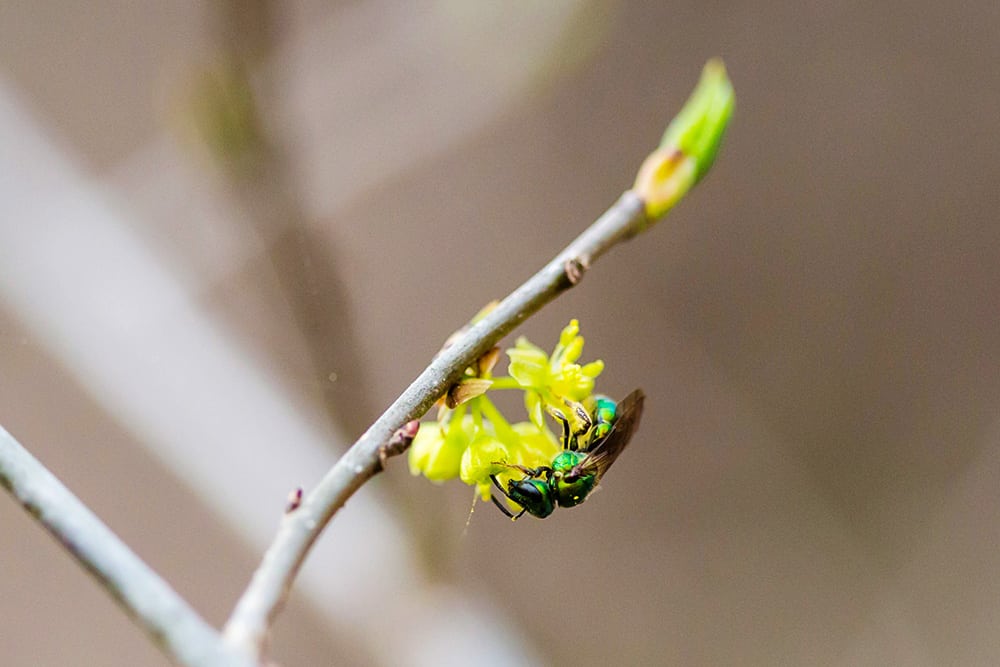
Squirrels snacking on fresh tree buds.
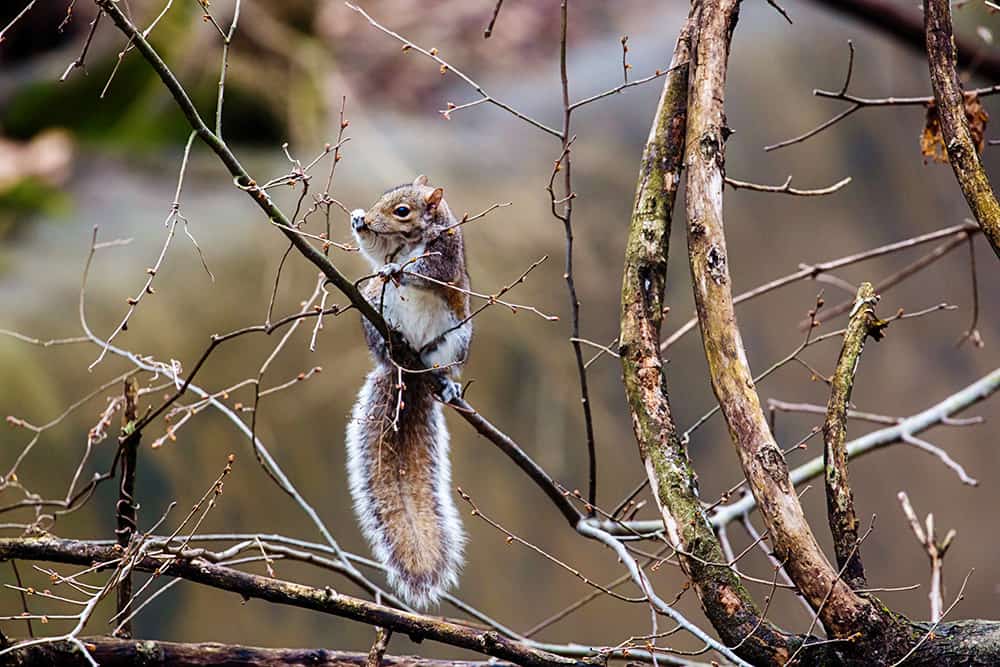
Red maples exploding into bloom and providing yellow-rumped warblers with tiny insects to catch.
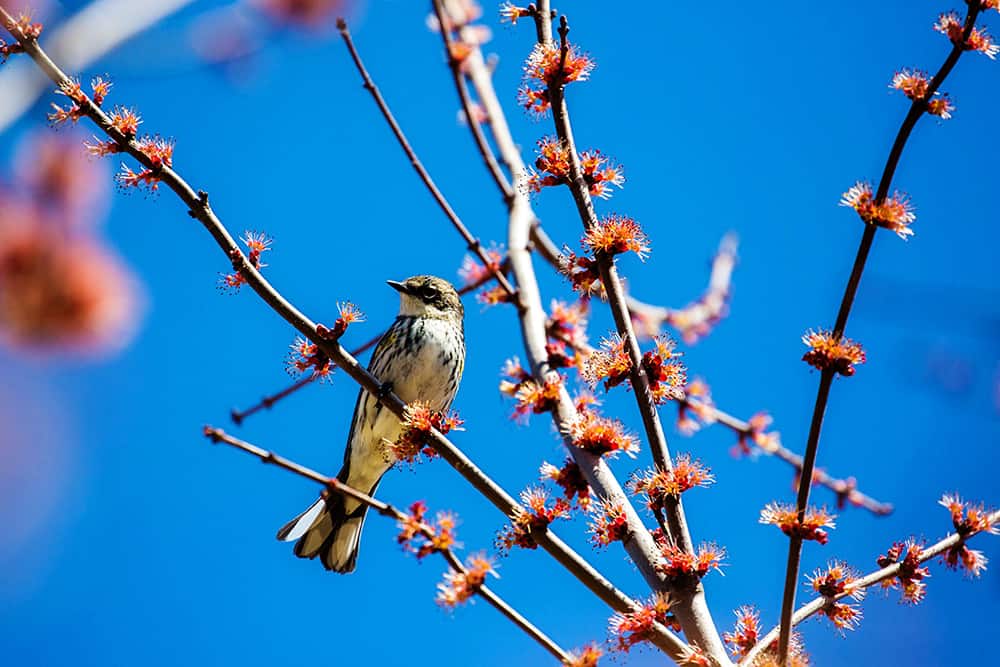
Honey ants coming above ground to collect food before their summer hibernation.
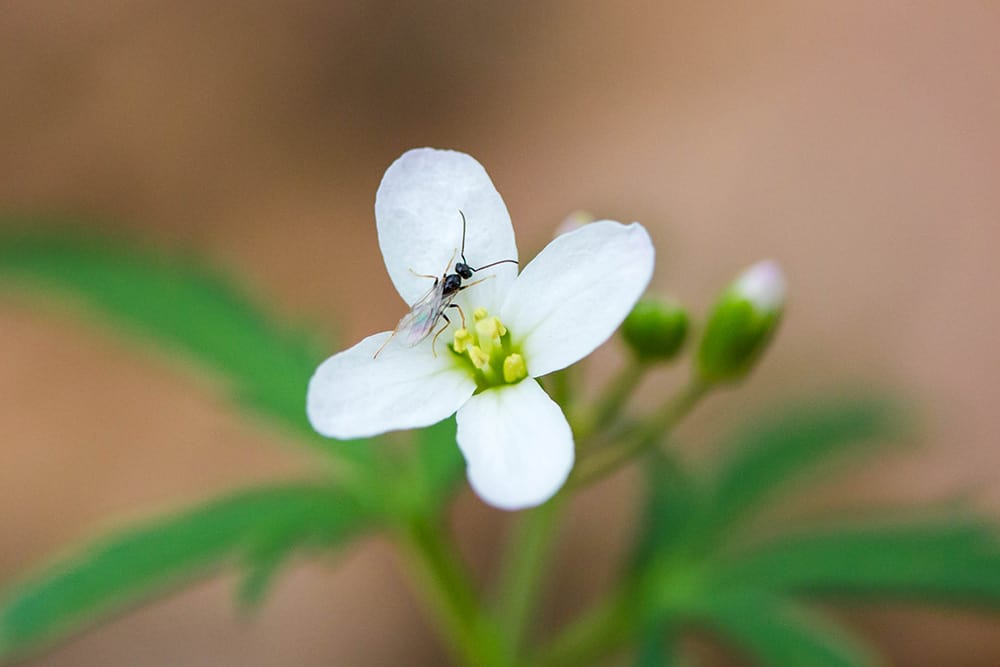
Strawberry bushes unfolding their leaves from stems almost as green as the leaves themselves.
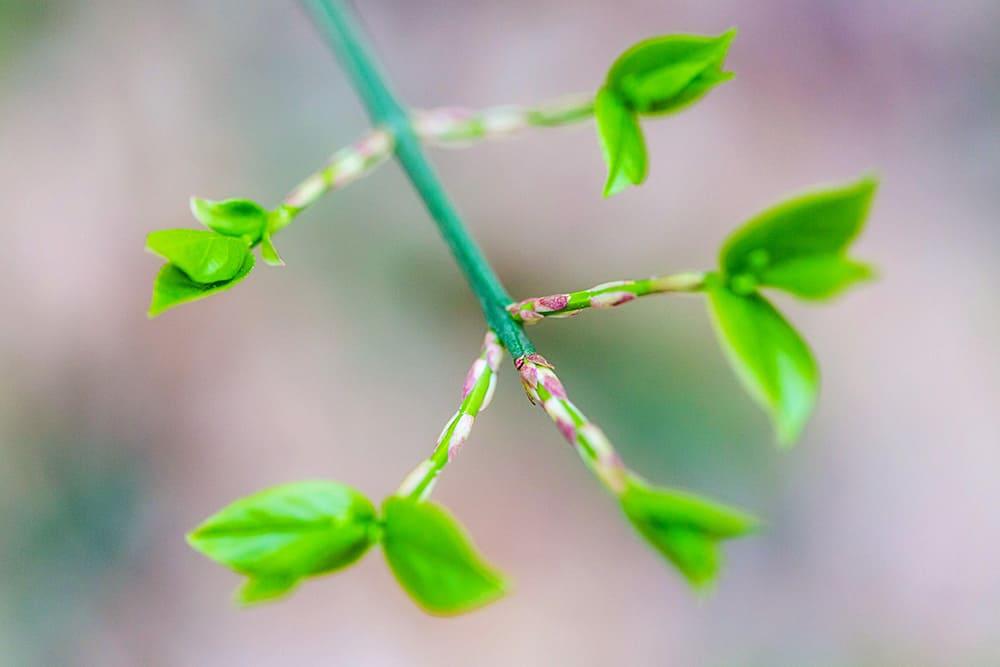
A mourning cloak, one of the only butterflies in our area that survives the winter in its adult phase, emerging to bask in the sun and look for a mate after spending the cold months sheltered in the crevice of a tree.
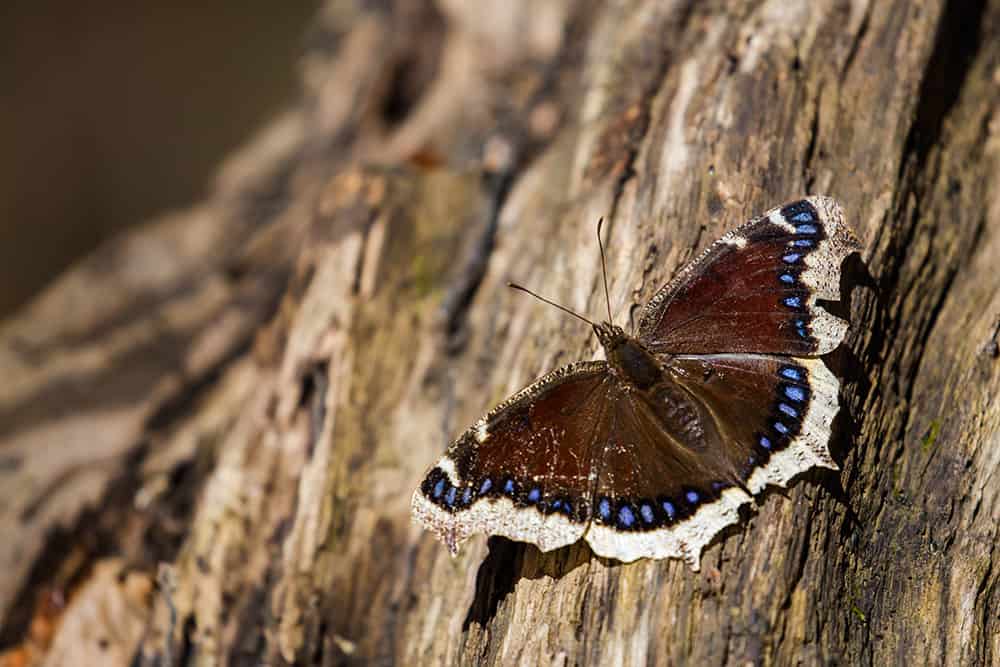
And finally, last but certainly not least, the springtime aggressions that our Rainbow Lake Playground tufted titmouse directs at…himself. Year after year. This year he seems to be accompanied by a female, proving that intelligence is not everything!
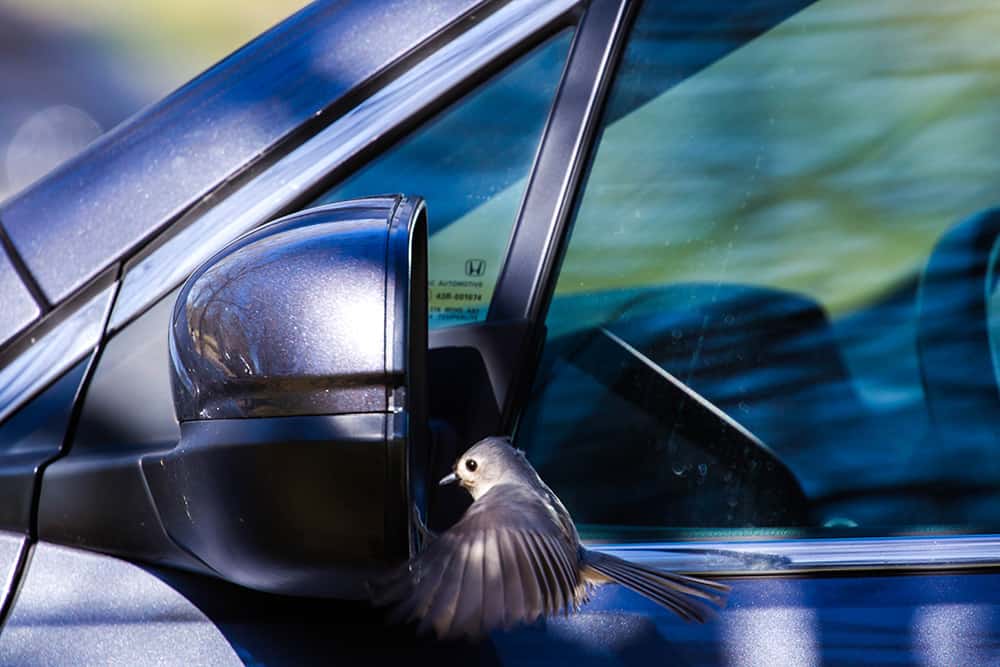
Maybe he just likes looking at his glorious self in every mirror of every car in the parking lot! (He decided he looks extra good reflected by this Honda.)

